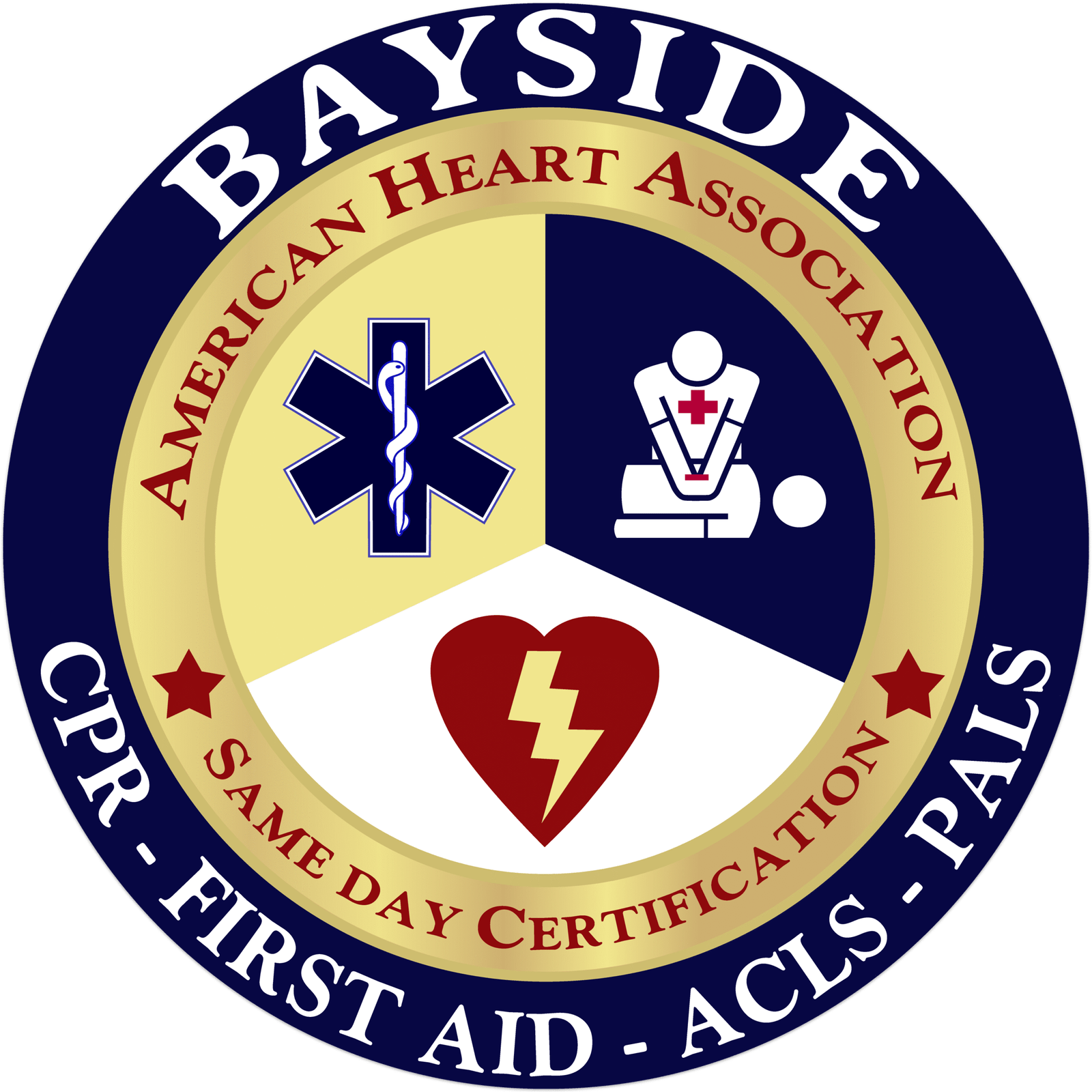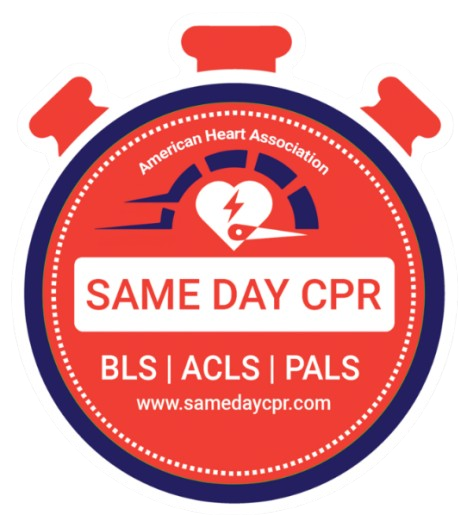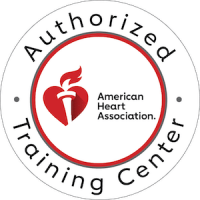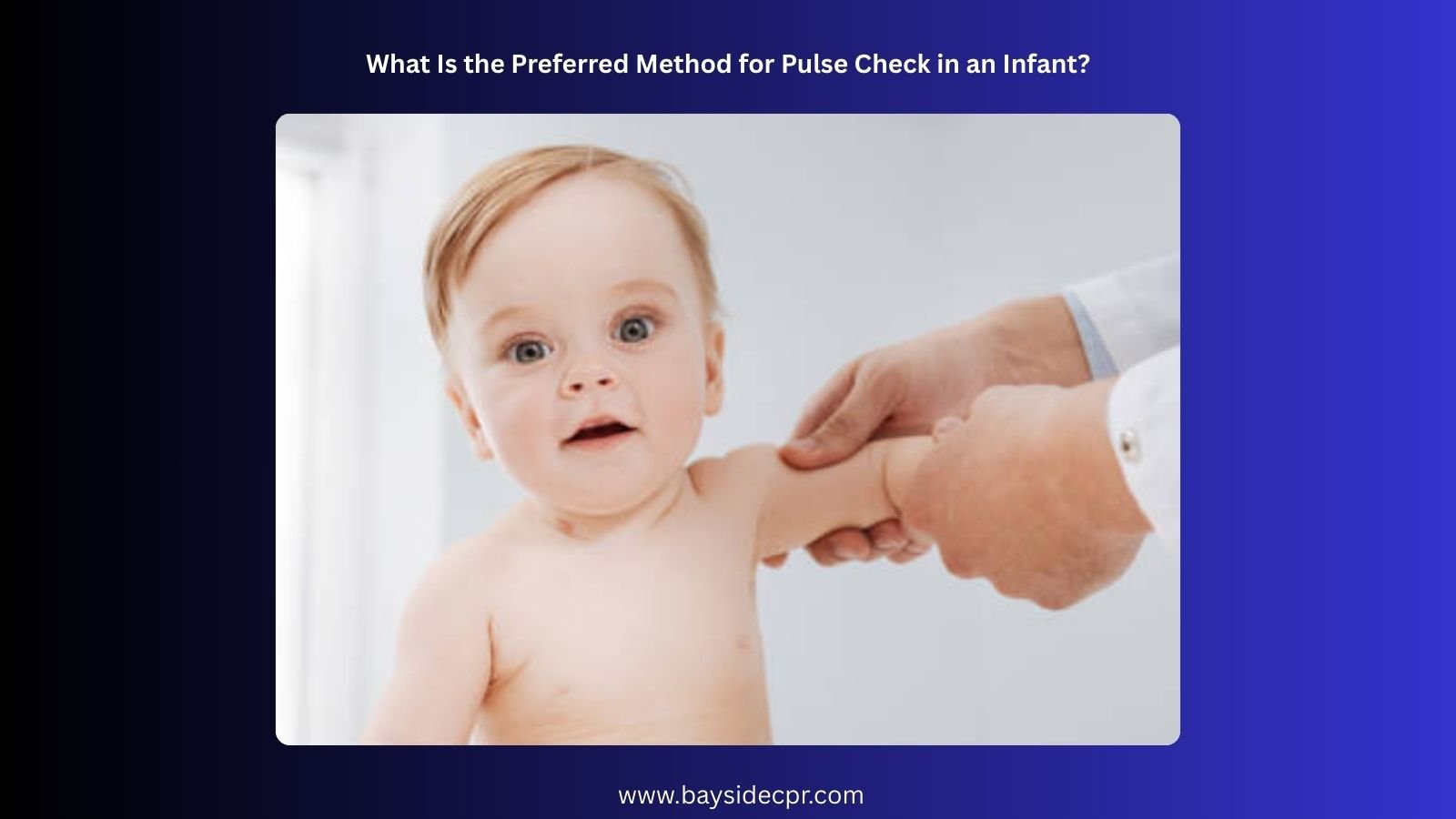
Author Archives: Kyle Hastings

What Is the Preferred Method for Pulse Check in an Infant?
Knowing how to check an infant’s pulse can make a life-saving difference. An infant’s heartbeat, like an adult’s, shows how their body is working, but it is usually faster and can change quickly. Because babies are small and delicate, they need...
Read More ›
What Is the Target Rate for Chest Compressions for Children?
When performing CPR on a child, knowing the right speed for chest compressions is very important. The goal is to keep the blood moving through the body until the heart can work on its own again. If compressions are too slow, the body does not get eno...
Read More ›
How Do You Open the Airway for Breaths if a Single...
Every second counts when someone isn’t breathing, and knowing how to open the airway can save a life. Opening the airway is one of the first and most important steps when giving rescue breaths. Without a clear airway, air cannot reach the lungs, an...
Read More ›
What Are the Steps You Should Follow for Any Injury or...
Emergencies, whether caused by sudden injuries or environmental hazards, often strike without warning. In such moments, panic can cloud judgment, making it difficult to act effectively. Yet, knowing a clear set of steps to follow can mean the differe...
Read More ›
How Is a Child Defined in Terms of CPR/AED Care?
Knowing a patient’s age can make a big difference in CPR and AED care. Children are not just small adults, and their bodies respond differently in emergencies. Understanding whether someone is an infant, a child, or an adult helps rescuers act quic...
Read More ›
What to Do If Someone Is on Fire?
If someone catches fire, every second counts. Quick action matters because flames can spread rapidly and injuries can get worse if you wait. Staying calm helps you think clearly and act effectively, while panic can make things harder and lead to more...
Read More ›

